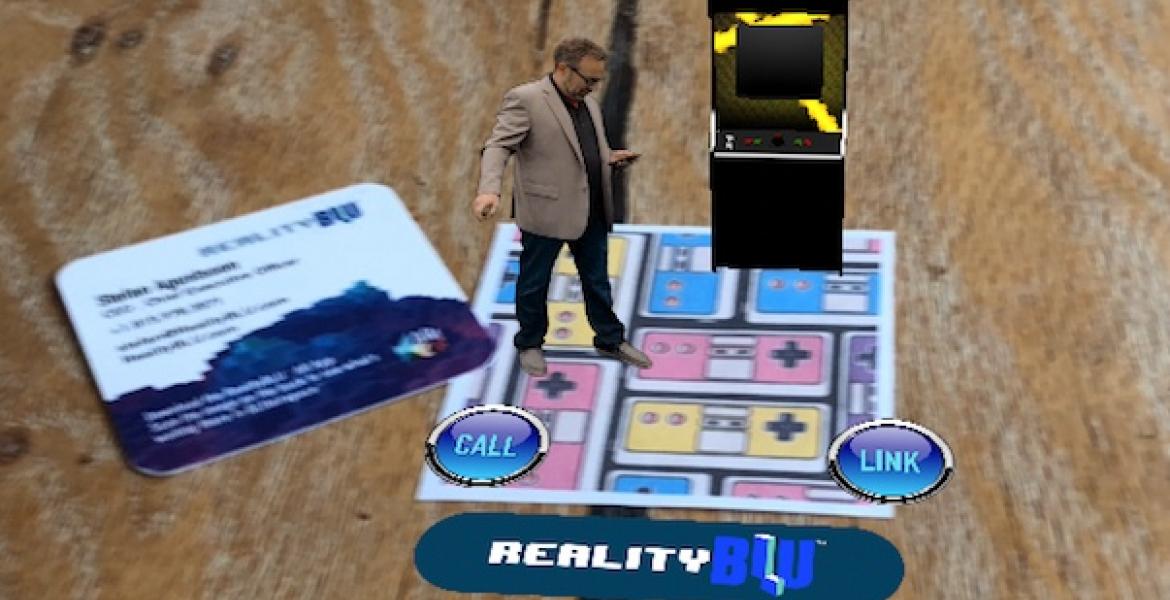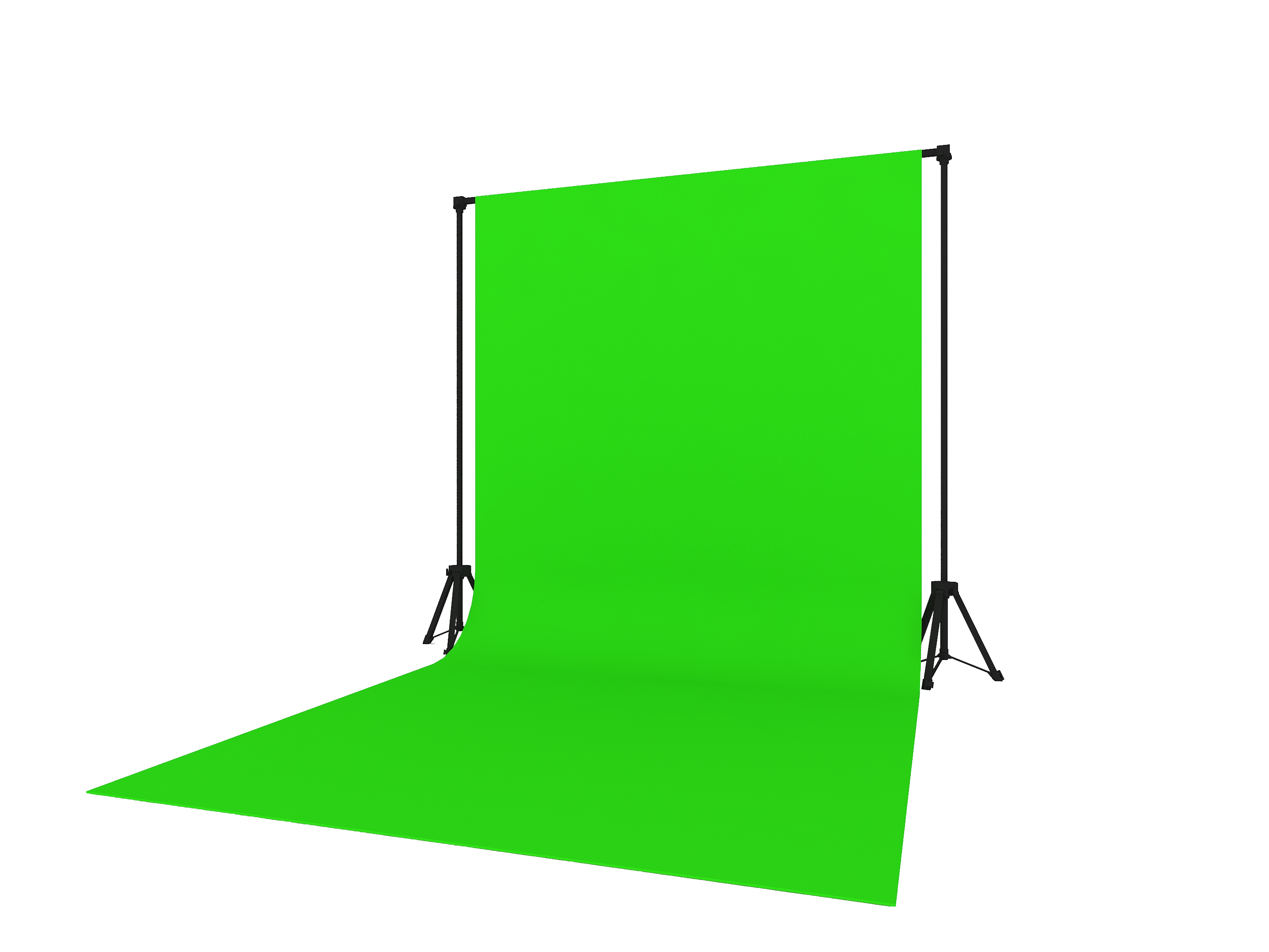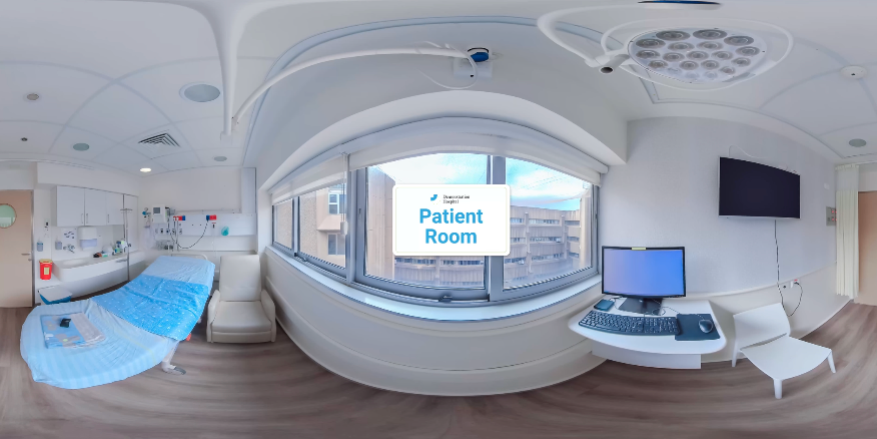Shooting Better Green Screen Video for Holotwins
Using a green screen can be a fantastic tool for video production, but it requires attention to detail to ensure the best possible results. There are...
Description of Holotwins
Description of Portals
Description of Things
Description of Games
Marketing Agencies
Printing & Graphic Design
Sports Teams
Dealerships
Direct Response Marketing
Digital Marketing
Paper-based marketing
Mailers
Fan Engagement
Education
Sales Enablement
2 min read
 M.J. Anderson
:
Jan 8, 2019 8:14:21 AM
M.J. Anderson
:
Jan 8, 2019 8:14:21 AM

There are two forms of AR workflows that provide two very unique experiences. Each should be used appropriately, ensuring the most relevant approach to reach your target audience. When meeting with customers and prospects to discuss marketing programs using AR, MJ (RealityBLU’s Chief Experience Officer) and I often discuss the two workflows as they are similar yet have different uses to achieve desired results.
Markerless AR
Technical explanation – Markerless utilizes your mobile camera to detect either a flat surface or a geographic location. Markerless experiences allow the user to place 3D objects into the viewable camera frame. The object, once placed, appears to be part of the natural scene. The object can be sized and moved around the screen. Your smartphone, tablet, etc., uses its GPS feature for location and interaction with the AR resources.
Marketing benefits – Once placed, the object can be viewed from all angles as if it is actually located in the environment. This virtual demonstration allows marketers to provide real-world experience of the product which can be moved, sized and rotated for a virtual experience before prospects buy. Cost savings include shipping and potential returns of the product.
Use case – Markerless AR is great for product demonstrations, location placement, and overall environmental feel within a physical location. The object, once placed, appears as if it’s in the actual location and can be moved and even sized to fit into space. Imagine having the ability to place a new table in your dining room before you buy it.
Take a look at the IKEA app.
Marker Based AR
Technical explanation – This form of AR utilizes the mobile device’s camera to recognize anything that is placed in front of its viewer. Markers can be printed pictures or images, 3D images, bar codes, QR codes as well as alphanumeric character strings. Our app, realityBLU, supports facial tracking.
Marketing benefits – Marker Based AR adds value to your marketing efforts and user experiences. With one small, printed business card you can provide prospects and customers your entire marketing resource kit, brochures, podcasts, videos, and product demonstrations. Once you have users’ attention drive them to purchase with a BUY NOW button for immediate sales.
Use case – realityBLU has updated our business cards to provide you contact information, a link to our website, a “virtual” me and one of my favorite cars. To experience this marketing tool
To ensure that you achieve the best results with your marker, see the realityBLU Image Recognition & Marker Best Practices Guide. Email me and I’ll send you the guide.
RealityBLU gives you the flexibility to create Marker Based AND Markerless workflow campaigns for both, Android and iOS. An industry first! To further support your creativity, both workflows are available in our base offering.
M.J. Anderson is the Chief Experience Officer of RealityBLU. Contact us here.

Using a green screen can be a fantastic tool for video production, but it requires attention to detail to ensure the best possible results. There are...

RealityBLU is a leading builder of immersive marketing technologies that can transport engaging digital experiences into a consumer’s physical world...

With the rapid evolution of technology, healthcare has entered an era where accessibility, patient engagement, and experiential understanding are...